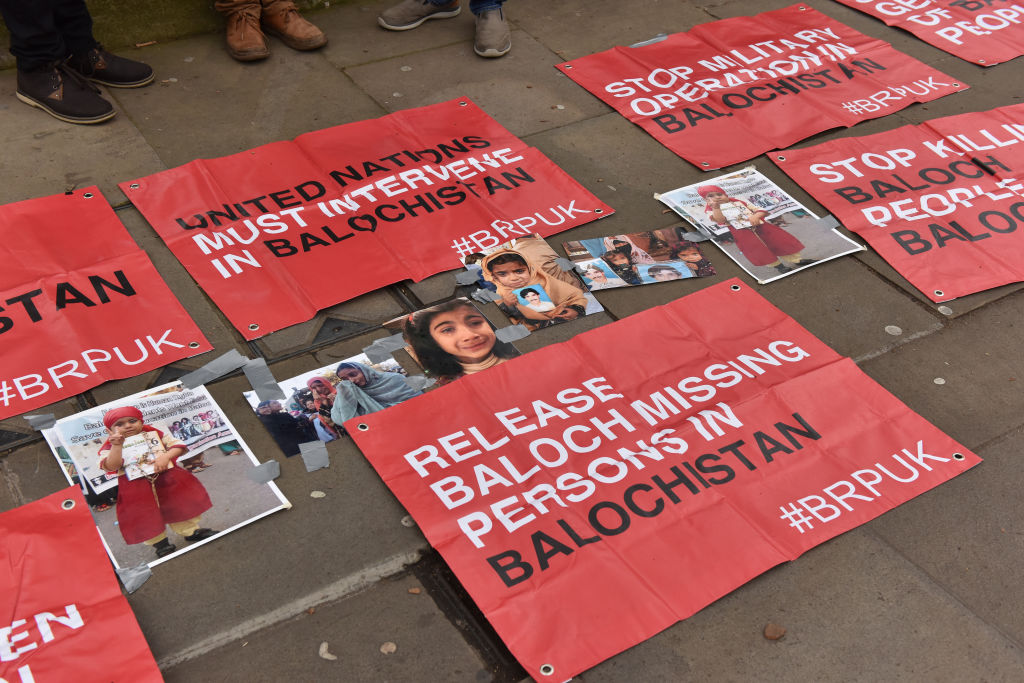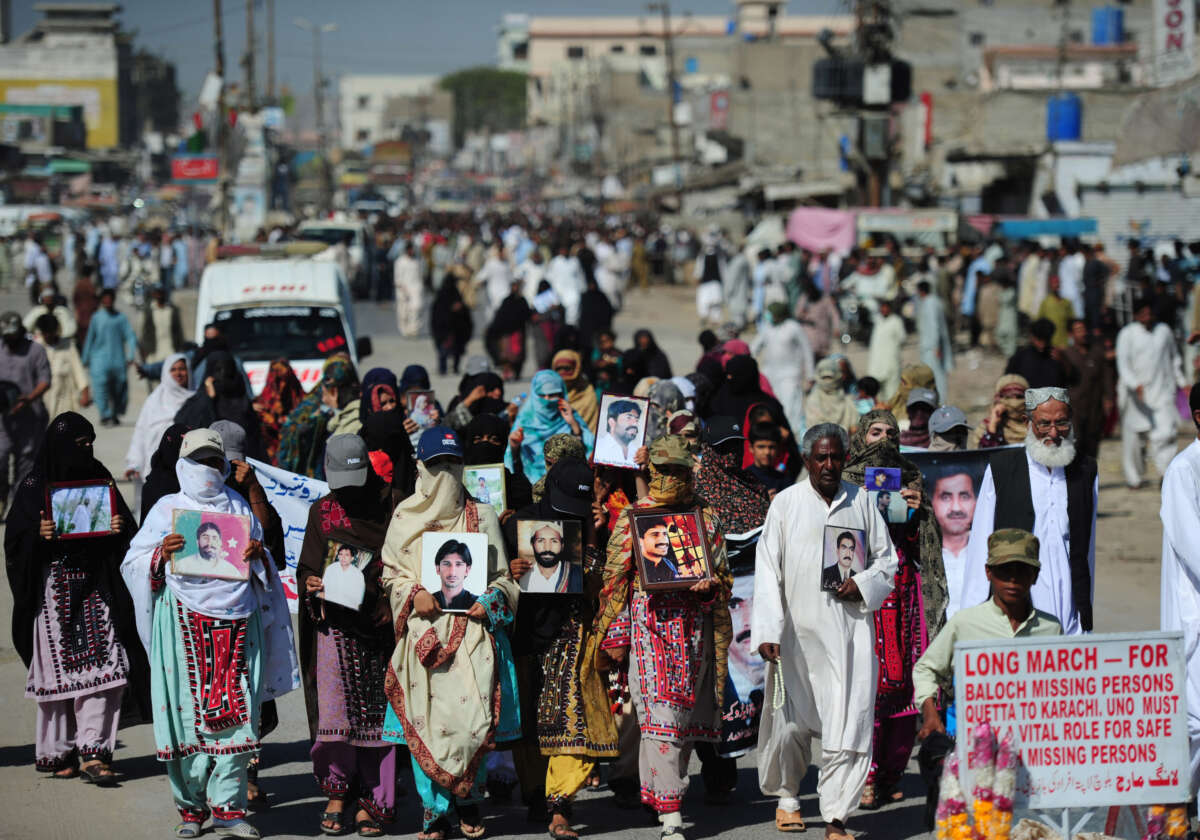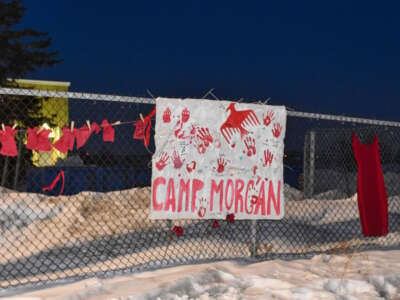BALOCHISTAN IS A COUNTRY
Balochistan: Abused by Pakistan, looted by China

On 25 August, 39 people were killed when a Baloch outfit attacked police stations, railway lines and highways in a co-ordinated manner. 34 more were killed in retaliation by the Pakistani security forces.The 34 included Pakistani soldiers and police personnel and attackers. This happened in Pakistan’s south-western province of Balochistan.
The attacks continued through the night and into the next day. They were by far the most violent killings carried out in recent years by ethnic Baloch separatists, as the Pakistani State calls them. An armed group, called the Baloch Liberation Army, claimed responsibility for the killings, code named “Haruf”, meaning dark, windy storm.
That is the story so far. But that is far from the whole story. The Baloch have been systematically, clinically and brazenly exploited and discriminated against. Tortured by Pakistan’s “Punjabi” Army. Looted by China’s Communists. And hated by Iran’s clerics. Balochistan has become a land where anti-Punjabi, anti-Pakistan and anti-China sentiments converge.
Allegations are flying thick and fast. Pakistan claims that all the dead were civilians. But the B.L.A. says they were all Pakistani security personnel dressed in civilian clothes. Whether they were civilians or not is a moot point. But what is not disputed is that almost all the people who were killed were Punjabis — the name given to the people who hail from the Pakistani province of Punjab.
Some more things stand out. One, the timing of the attacks. And, two, the involvement of woman suicide-bombers. The attacks coincided with the death anniversary of a Baloch leader, Akbar Bugti. Bugti was killed by Pakistan’s security forces in 2006 when Gen. Pervez Musharraf was in power. Bugti’s killing fuelled the fifth and fiercest round of insurgency in Balochistan. And it continues to this day. The four previous insurgencies took place in 1948, 1958, 1968 and 1973.
The attacks also coincided with a visit to Pakistan by Gen. Li Qiaoming, the Commander of the People’s Liberation Army Ground Forces. The Chinese General called on Pakistan’s President and Prime Minister and also held talks with Pakistan’s Army chief Gen. Asim Munir. Pakistan conferred the Nishan-e-Imtiaz, one of its top honours, on the Chinese General.
The B.L.A. says a woman from the southern, port district of Gwadar was involved in a suicide-attack on a para-military base in Bela. The chief minister of Balochistan province is reported to have said that three people had been killed at the base.
The Punjabi Connection
The Baloch-versus-Punjabi ethnic fault line is a story that threatens to snowball into a wider conflict -– one that could have disastrous consequences for Pakistan. The Punjabis are the largest of the six, main, ethnic groups in Pakistan. They dominate the military and other arms of the Pakistani State.
The real estate in Balochistan is exploited by the rich, landed gentry from Lahore and other cities in the Punjab province. Simply put, the Punjabis are well-entrenched in Pakistani society. And, that is why the Baloch complain that their land has become a colony of the Punjabi elite.
Mehran Marri is a Baloch activist. He lives in the U.K. Marri voices a similar sentiment in an interview to a private Indian news agency, ANI. He says: “We, the Baloch, live a life of indignity and humiliation every day, at the hands of the Punjabis.” Marri says that Pakistan’s Punjabi elite supports Chinese activity in Balochistan.
He bets that Beijing will have to stop the China -– Pakistan Economic Corridor sooner rather than later because the project does more harm than good to the locals. “It’s like setting up a chocolate factory in Gaza and expecting it to work amidst war and terror,” he says.
The Baloch have other grievances, too. For one, Balochistan lags the rest of Pakistan insofar as education, employment and economic development are concerned. Baloch separatist groups, such as the B.L.A., say that they’ve been fighting for decades for a larger share in the regional wealth of mines and minerals denied by the Pakistani Government.
Then, there is the issue of enforced disappearances. The Counter Terrorist Department of the Government is accused of carrying out abductions and arbitrary killings. Locals say that the Department is notorious for its so-called death squads. They claim, that what is happening to them is a genocide under the guise of targeted killings.
A quick word about Balochistan and the Baloch people. People of Baloch ethnicity are present in Pakistan, Iran and Afghanistan. They are Sunni Muslims. The Baloch society is organised along tribal lines. The Marri, Mengal and Bugti are the more prominent tribes. Balochistan borders Iran and Afghanistan.
It has a long, Arabian Sea coastline in the south, not far from the oil shipping lane in the Strait of Hormuz. Balochistan is the largest province of Pakistan. It forms about 45 per cent of Pakistan’s total area. It is the richest province in terms of mineral wealth.
But, it is the least developed of the four provinces of Pakistan. And, it has the lowest per capita income in the country. The irony is that Balochistan contributes heavily to Pakistan’s G.D.P. but does not get a fair share of revenue. The province is home to key mining projects.
The Reko Diq Mine is famous for its gold and copper reserves. It is believed to have the world’s fifth-largest gold deposit. A Canada-based company called Barrick Gold operates the Reko Diq mine. Sui in Balochistan is Pakistan’s largest gas field but the gas it produces benefits the Punjab province.
Besides their dislike for the Punjabis, the Baloch have an animus towards China. Balochistan is home to major China-led projects such as a port and a gold and copper mine. China has invested 65 billion dollars in the China -– Pakistan Economic Corridor that passes through Balochistan and terminates at the Gwadar port. The Chinese have also monopolised fishing in the area.
Baloch groups have attacked Chinese interests and citizens in the province, and, elsewhere, in Pakistan. For instance, on 26 March 2024, a suicide-bomber killed at least five Chinese engineers working on a hydropower project in neighbouring Khyber Pakhtunkhwa province. A B.L.A. fighter says that China entered Balochistan without the consent of the Baloch people and that the Chinese projects will fail miserably.
Besides China, there’s another country that makes the Baloch anxious — Iran. The Baloch are present in large numbers in an Iranian province called Sistan and Baluchestan. It suffers from neglect, too, much like the Balochistan province of Pakistan.
The ethnic Baloch population of Iran feels discriminated against by the majority Shia population. Iran fears that the Baloch are supported by elements in Pakistan. The Jaish ul-Adl, meaning Army of Justice, is a Baloch group active in the area.
What about the West?
The West has taken a particular stance on the issue. The U.S. State Department does not comment on the continued repression and persecution of the Baloch but its Bureau of South and Central Asian Affairs posts a message on X. It reads: “The United States strongly condemns the multiple attacks in Pakistan’s Balochistan province which took many lives.
Any violence disrupting peace and stability is indefensible. We stand with Pakistan in its fight against terrorism and we send our deepest condolences to those who lost their loved ones.” The U.S. has designated the Baloch Liberation Army as a terror group.
This lack of support or understanding does not deter the Baloch. They remain optimistic. Dawn newspaper of Pakistan quotes the late Baloch leader Akbar Bugti’s son Jamil as saying that he sees his father’s mission advancing, what with the daughters of Balochistan now stepping forward to strengthen their movement. And Mahrang Baloch is a good example of just that. 31 years old. Medical doctor. And, the face of Baloch struggle.
Mahrang Baloch heads the Baloch Yakjehti Committee. It is a human rights movement that was set up in 2020. Yakjehti means unity, or, solidarity. In July 2024, the B.Y.C. organised a national gathering called the Baloch Raji Muchi in Gwadar.
In December 2023, it organised a Baloch Long March, a 1,600-kilometre-long peaceful protest, from Turbat in Balochistan to Pakistan’s capital Islamabad, to demand justice for the extrajudicial killings and enforced disappearances of Baloch people.
400 Baloch protesters, half of them women and children, held a month-long sit-in outside the National Press Club of Islamabad, to demand justice for their missing and murdered family members.
Clearly, the Baloch seem to have had enough. They are in no mood to put up with mistreatment and humiliation any longer. “If the Baloch fight, they are called a terrorist. If the Baloch cry, they are called a coward. If the Baloch ask for something, they are called a beggar. Where do the Baloch go? What do they do?” asks Mehran Marri.
All of which raises certain questions to ponder.
— Where does the Baloch agitation go from here?
— Will the Baloch unrest gain enough critical mass to challenge the Pakistani State?
— Can the U.S. jettison Pakistan?
— Is Pakistan too big to fail, as some in China would like to believe?
— Will the West change its attitude towards the Baloch cause?
— How should India view developments in Balochistan?
— And, what if Pakistan implodes under the weight of its contradictions?
Asking questions is the easy part. Finding the answers will be much more difficult. I leave you with Marri’s parting shot.
“We have our dignity as well. We have our self-respect. Whether anyone supports us or not. The Baloch will stand up for themselves.”
Now, that is another point to ponder, isn’t it?
By – Ramesh Ramachandran (Senior Consulting Editor and presenter with D.D. India)








